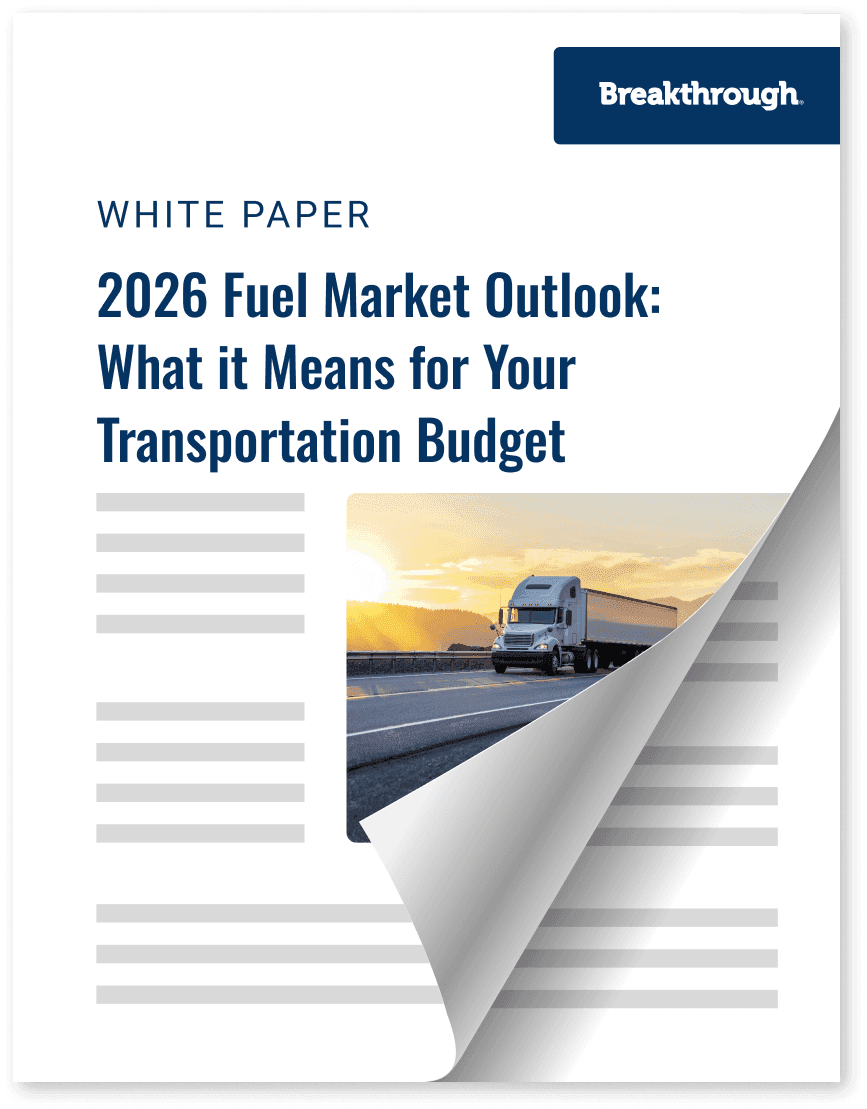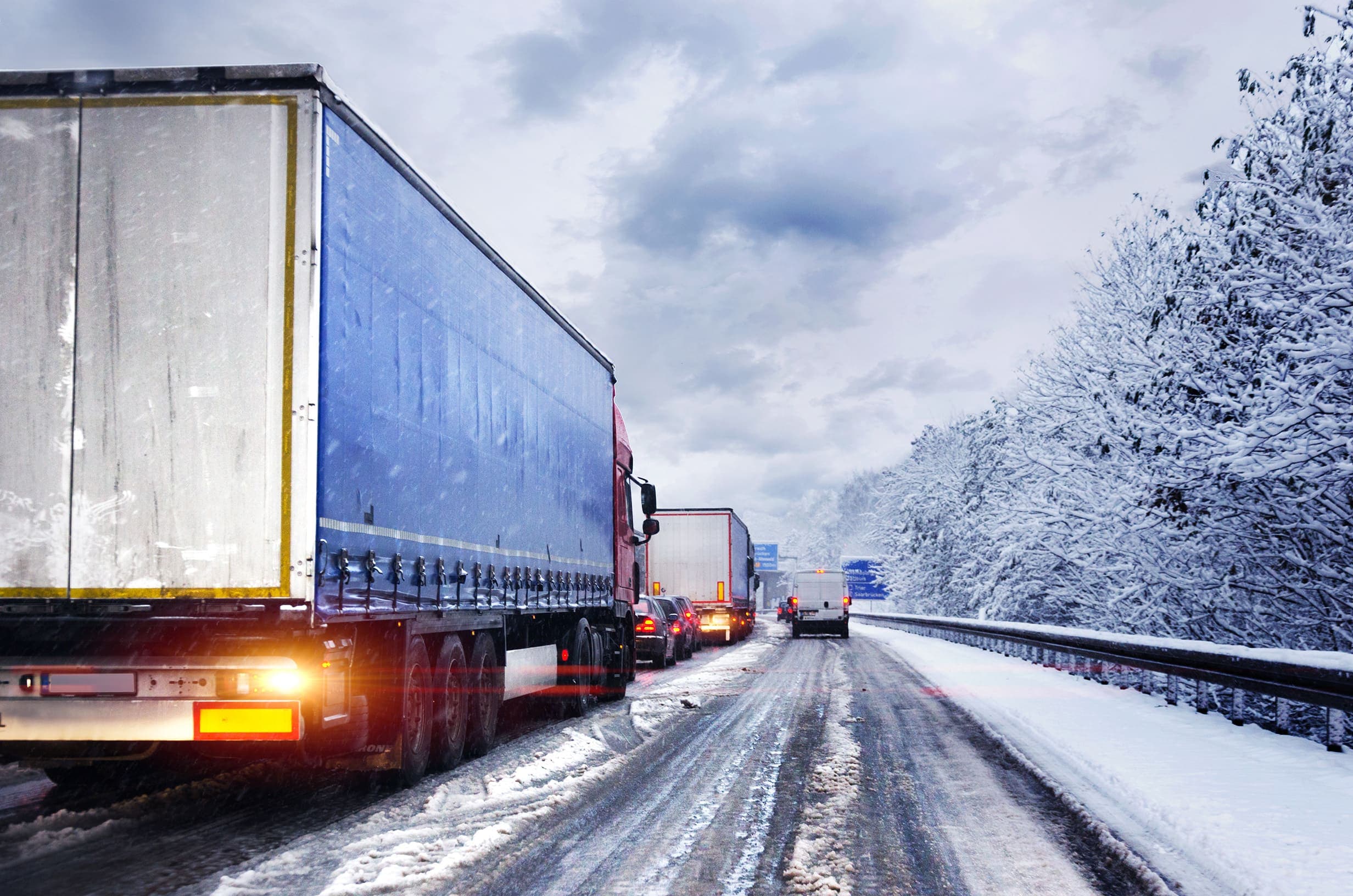2026 Fuel Market Outlook: What it Means for Your Transportation Budget

Trending
Top Posts
4 min read
April 22, 2022

Share:
Table of contents
Browse the table of contents to jump straight to the part you’re looking for
Sustainability isn’t always top of mind for transportation management professionals focused on getting goods from point A to point B. As supply chain conditions evolve, it can feel like your organization’s carbon footprint is beyond your control or that your sustainability initiatives are too small to make a difference. But as sustainability becomes increasingly important and stringent government regulations pressure companies to prioritize sustainability, it’s time to tackle the problem head on.
Sustainability is daunting. Scope 3 greenhouse gas (GHG) emissions make up the vast majority of shippers’ emissions — about 10% of which come from transportation. These emissions are also the most difficult to quantify and reduce because they fall outside the reporting organization’s direct control.
Today, that changes. We’re clearing up the misconception that sustainability equals complexity with the launch of CleanMile — an end-to-end transportation emissions management solution. For any transportation professional who has wondered if they can make transportation fuel management, network strategy, or execution more sustainable, CleanMile is here to make sure they will.
This Earth Day, we are excited to showcase how CleanMile enables organizations to weave sustainable practices into transportation operations to effectively reduce lifecycle emissions.
Transportation — including trucking, rail, and other modes — is both the highest emitting sector of CO2 in the U.S. and a significant contributor to atmospheric pollution. Rising atmospheric CO2 levels are responsible for nearly two-thirds of the energy polarity causing the Earth’s temperature to increase. The rise in carbon dioxide has myriad, far-reaching consequences for the global environment, from ocean acidification to changes in the availability of natural resources.
But scope 3 emissions continue to be the most difficult for companies to manage. Your organization is responsible for reporting greenhouse gas output from sources that aren’t directly under your control. How do you quantify how much CO2 a particular vendor is producing, let alone reduce it?
The issue is a double-edged sword: We need transportation to distribute goods across the globe, yet emissions stemming from transportation are harming the environment at a rapid pace. But this paradox presents an opportunity. Organizations seeking opportunities to harness their data can use CleanMile to work toward scope 3 emissions reduction and make progress toward corporate sustainability goals. If you’ve ever wanted to make better business decisions for the planet, now you can.
At Breakthrough, we work alongside our clients to create a competitive advantage in their supply chains. In 2021 alone, new Breakthrough clients on the Fuel Recovery program reduced intermodal fuel spend by 58% and truckload fuel spend by 20%.
Now, we are going the extra mile by enabling your business to make real progress toward transportation emissions reduction. With three phases of engagement, CleanMile helps your business:
Tackling sustainability initiatives doesn’t have to be intimidating. This Earth Day, we’re changing the way we view scope 3 emissions reduction — the problem is no longer too large or too complex. You can make meaningful progress toward more sustainable transportation practices and with CleanMile, you will.
Ready to take your first step toward a greener future? Schedule a demo of CleanMile today.

6 min read
November 20, 2025
Understand the impact of Ukrainian drone strikes on Russian refineries. Learn why diesel prices are volatile and how to protect your budget from market shocks.
Read more
7 min read
November 11, 2025
Discover how fuel management systems cut costs, track emissions, and improve reimbursement accuracy for modern freight operations.
Read more
6 min read
November 10, 2025
Explore how the proposed Union Pacific–Norfolk Southern merger could reshape rail in the U.S. Learn impacts on competition, pricing, and service.
Read more